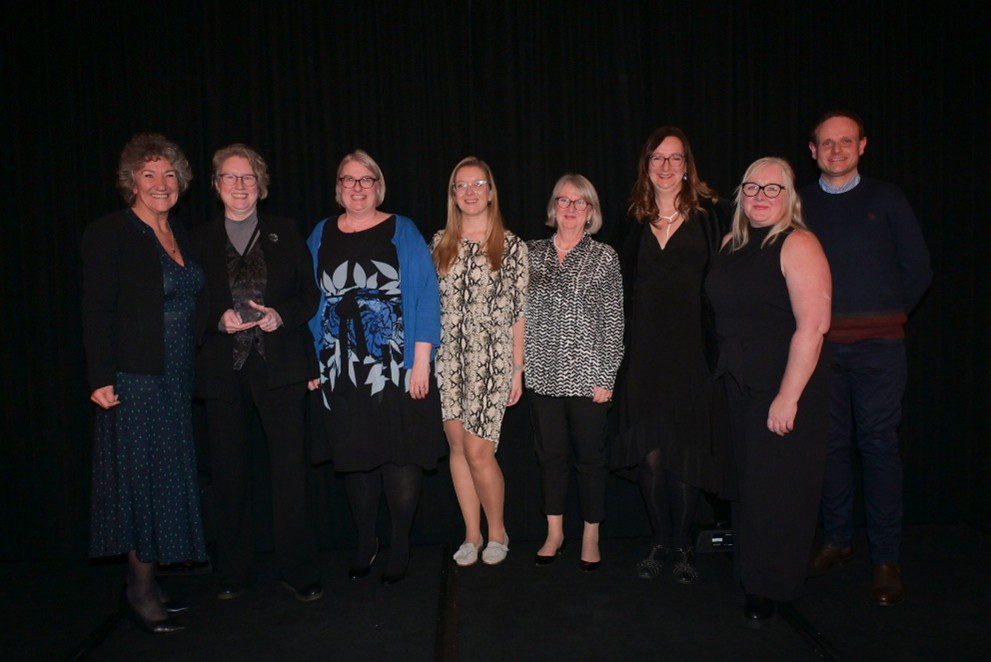Social value includes the broader social, economic, and environmental impacts that an initiative delivers, beyond straightforward outputs. Unlike financial returns, social value considers factors such as improved community wellbeing, increased social cohesion, and long-term sustainability.
When grant applications promise social value, it is essential to assess these claims rigorously. Thorough evaluation ensures funding supports projects that achieve clear, lasting impacts aligned with organisational objectives and community needs.
How the SROI approach supports identifying genuine social value
Social Return on Investment (SROI) provides a systematic, evidence-based framework to measure the social value of proposed projects. By translating social outcomes into monetary values, SROI enables clear comparisons and informed decision-making.
The SROI approach involves:
Stakeholder identification: Identifying clearly who will be affected or benefit from the project.
Outcome mapping: Demonstrating precisely how project activities lead to measurable social outcomes.
Impact valuation: Assigning financial proxies to social, environmental, and economic outcomes to quantify impact.
Attribution: Recognising contributions from other factors or initiatives to the outcomes achieved.
Evaluating grant applications with an outcome-based approach
When evaluating grant applications, consider the following indicators:
Explicit Theory of Change: Applications should clearly explain the logical relationship between activities and expected outcomes. For instance, a community gardening project might describe how gardening training sessions improve participants’ mental wellbeing and nutrition.
Evidence of stakeholder engagement: Genuine engagement involves actively consulting or collaborating with beneficiaries. An employment support programme could show how input from local job seekers shaped the project’s design to meet their specific needs.
Realistic and validated outcomes: Outcomes should be specific, measurable, achievable, relevant, and time-bound (SMART). A youth mentoring scheme could use recognised frameworks to measure changes in school attendance, academic achievement, or reductions in antisocial behaviour.
Long-term sustainability: Effective projects outline clearly how impacts will continue after funding ceases. For example, a renewable energy project might demonstrate sustainability through planned maintenance funded by ongoing community subscriptions or generated income.
Evaluators must avoid placing excessive emphasis on easily measurable outputs (e.g., number of training sessions or workshops delivered) without adequately considering genuine outcomes and impact. Outputs alone do not demonstrate social value; it’s critical to focus on the meaningful changes experienced by beneficiaries and the wider community.
While quantitative data helps objectively measure impact, qualitative feedback provides important insights into the lived experience of beneficiaries. Stories, case studies, and direct feedback from stakeholders can highlight nuances and subtleties that numbers alone may miss, providing a richer, more comprehensive understanding of social impact.
Leveraging the Social Value Engine for robust evaluation
The Social Value Engine offers evaluators a reliable, validated set of metrics, simplifying the process of assessing social value. To effectively use the Social Value Engine:
Select relevant proxies: Choose appropriate financial proxies from the engine’s extensive database to accurately represent the value of project outcomes. For example, using proxies related to improved health or reduced crime rates when evaluating community health initiatives or youth intervention programmes.
Combine qualitative and quantitative data: Supplement quantitative SROI calculations with qualitative insights from stakeholder feedback, case studies, or narrative reports. This approach provides a richer understanding of the project’s real-world impacts and context.
Compare initiatives: Utilise the engine’s capacity for comparing similar projects or outcomes to gauge the relative effectiveness and value of proposed initiatives.
Conclusion
Effective grant evaluation demands a balanced approach that incorporates both rigorous quantitative analysis and meaningful qualitative insights. By systematically applying the SROI methodology and utilising tools like the Social Value Engine, evaluators can more accurately identify and support projects delivering genuine and lasting social impact.


